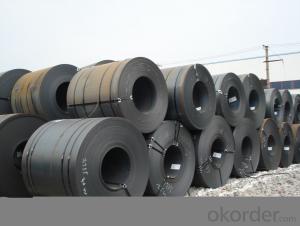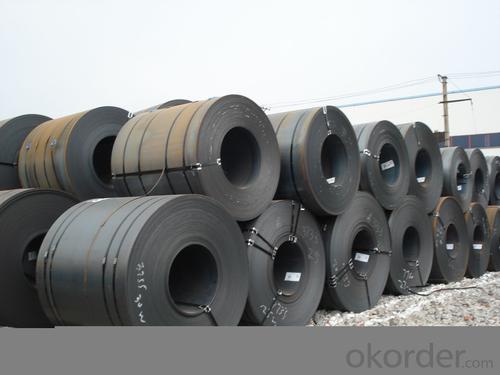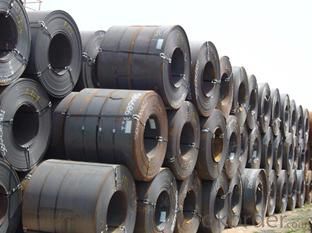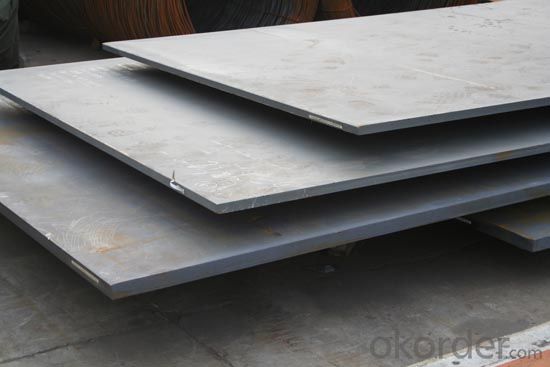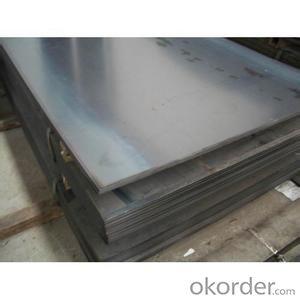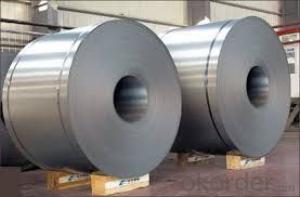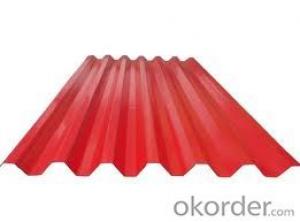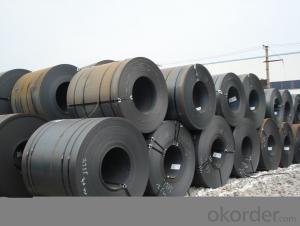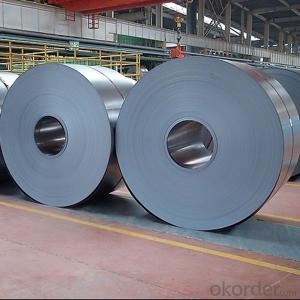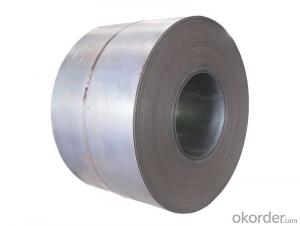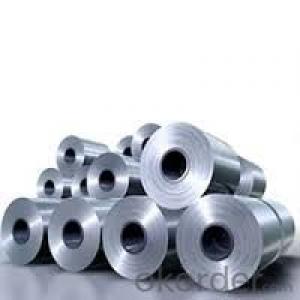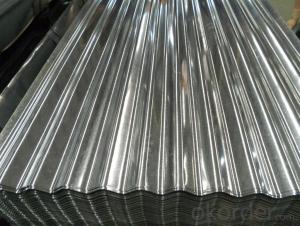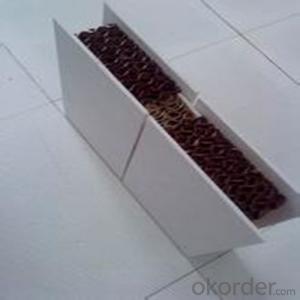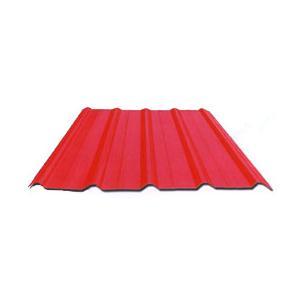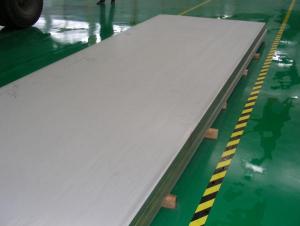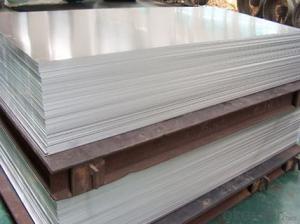Hot Rolled Steel Coils/Sheets
- Loading Port:
- China Main Port
- Payment Terms:
- TT OR LC
- Min Order Qty:
- -
- Supply Capability:
- -
OKorder Service Pledge
OKorder Financial Service
You Might Also Like
Product: | Hot Rolled Steel Coils/Sheets |
Material: | Q195,Q235,A36,SS400,S235JR,Q345,ST37-2, CCSB etc |
Standard : | JIS G3002 GB/T251B |
Technique: | hot rolled |
Thickness | 1.2mm to 200mm |
Tolerance of thickness: | :+/-0.03mm |
Width: | 750mm-2000mm |
Tolerance of width: | :+/-5.00mm (aiming to +/-2.00mm) |
Normal width: | 914mm, 1000mm, 1200mm, 1219mm, 1250mm,1500mm |
Length: | According to requirement |
Coil ID: | 508mm-610mm |
Coil Weight: | 10-25 Metric Tons |
Surface: | Black, Chromate, fingerprint resistant treatment, slight oiled or non-oiled, dry |
Port of Loading: | Tianjin/Shanghai port |
Packaging Details: | Standard export packing or according to the clients required |
Delivery Time | Within 30 days after received 30% deposit or workable L/C |
Payment Terms: | L/C,T/T |
|
|
- Q: Do the steel sheets have a smooth surface finish?
- Yes, the steel sheets have a smooth surface finish.
- Q: How do steel sheets perform in cryogenic environments?
- Steel sheets perform well in cryogenic environments due to their low thermal expansion coefficient, high strength, and good ductility. At extremely low temperatures, steel retains its structural integrity, resists cracking or brittleness, and maintains its mechanical properties. This makes steel sheets suitable for various applications in cryogenic industries, such as liquefied natural gas (LNG) storage tanks, aerospace components, and scientific research facilities.
- Q: Can steel sheets be used for signage or advertising displays?
- Yes, steel sheets can be used for signage or advertising displays. Steel is a durable and versatile material that can be cut, shaped, and painted to create eye-catching displays. It provides a sturdy base for signs and can withstand outdoor conditions.
- Q: Can steel sheets be used in the construction of bridges?
- Indeed, the utilization of steel sheets in the construction of bridges is possible. Due to its numerous beneficial characteristics, steel has become a prevalent material in bridge construction. Owing to their exceptional strength and durability, steel sheets are well-suited for enduring substantial loads and adverse weather conditions. Furthermore, their flexibility facilitates simpler fabrication and installation processes. Moreover, the ease with which steel sheets can be welded or bolted together makes them highly suitable for the construction of expansive structures such as bridges. In conclusion, steel sheets provide a dependable and cost-effective solution for bridge construction.
- Q: Are the steel sheets resistant to impact or bending?
- In general, steel sheets display resistance to both impact and bending. Steel possesses exceptional strength and durability, rendering it less susceptible to external forces like impacts or bending. This is attributed to the material's capacity to absorb and disperse applied energy, leading to minimal deformation or harm. Nevertheless, the extent of resistance to impact and bending may fluctuate based on factors such as sheet thickness, steel type, and any supplementary treatments or coatings that have been applied.
- Q: What is the difference between a brushed and etched steel sheet?
- A brushed steel sheet and an etched steel sheet are both types of metal sheets that have undergone different surface treatments, resulting in distinct appearances and characteristics. A brushed steel sheet is created by brushing the surface of the steel with an abrasive material, usually a wire brush or sandpaper. This process creates a textured pattern of fine lines or scratches on the surface of the steel. The purpose of brushing is primarily to enhance the aesthetic appeal of the steel sheet, giving it a satin-like finish. Brushed steel is often used in architectural and design applications where a sleek and contemporary look is desired. It is also commonly used in kitchen appliances and automotive parts due to its resistance to fingerprints and scratches. On the other hand, an etched steel sheet is produced by a chemical or acid etching process. This involves applying an acid-resistant material, such as a resist or a stencil, onto the steel surface and then exposing it to an acid solution. The acid eats away at the exposed parts of the steel, creating a pattern or design. Etching is used to achieve intricate and detailed designs on steel sheets, making it popular in industries such as signage, jewelry, and art. The etched patterns can range from simple geometric shapes to elaborate images or text. In summary, the main difference between a brushed and etched steel sheet lies in the method used to achieve their respective surface textures. Brushing results in a consistent pattern of fine lines, creating a satin-like finish for aesthetic purposes. Etching, on the other hand, involves a chemical process that creates detailed and intricate designs on the steel surface.
- Q: What are the different types of steel alloys used for sheets?
- There are several types of steel alloys commonly used for sheets, including carbon steel, stainless steel, galvanized steel, and high-strength low-alloy steel (HSLA). These alloys offer different properties and are selected based on factors such as strength, corrosion resistance, and cost.
- Q: What are the disadvantages of using steel sheets?
- Some disadvantages of using steel sheets include their tendency to rust and corrode over time, their relatively high cost compared to other materials, and their weight, which can make them difficult to handle and transport. Additionally, steel sheets may require special equipment and expertise for installation and maintenance.
- Q: What is the typical price difference between galvanized and non-galvanized steel sheets?
- The typical price difference between galvanized and non-galvanized steel sheets can vary depending on various factors such as the grade of steel, market conditions, and the size and quantity of the sheets. However, in general, galvanized steel sheets tend to be slightly more expensive than non-galvanized steel sheets. Galvanizing is a process that involves coating the steel with a protective layer of zinc to prevent rust and corrosion. This added layer of protection increases the durability and longevity of the steel, making it suitable for outdoor applications or in environments where it may be exposed to moisture or chemicals. The cost of galvanizing steel involves additional steps in the manufacturing process, such as cleaning, dipping the steel in molten zinc, and post-treatment processes. These additional steps contribute to the higher price of galvanized steel sheets compared to non-galvanized ones. As a rough estimate, the price difference between galvanized and non-galvanized steel sheets can range from 10% to 30%. However, it is important to note that this is just a general range, and actual prices may vary depending on the specific market conditions and supplier pricing. It is advisable to consult with steel suppliers or conduct market research to get accurate and up-to-date pricing information for galvanized and non-galvanized steel sheets in your specific region or market.
- Q: What is the cost of steel sheets compared to other materials?
- The price of steel sheets can vary depending on factors such as the type of material, size, thickness, and market conditions. Typically, steel sheets are pricier than materials like aluminum or plastic, but they are renowned for their durability and strength. Industries like construction, automotive, and manufacturing commonly utilize steel sheets due to their ability to bear heavy loads and resist corrosion. Although steel sheets may have a higher initial cost, they often have a longer lifespan and require less maintenance compared to other materials. Furthermore, the cost of steel sheets can change based on global supply and demand dynamics, as well as any tariffs or trade restrictions that affect the steel market.
Send your message to us
Hot Rolled Steel Coils/Sheets
- Loading Port:
- China Main Port
- Payment Terms:
- TT OR LC
- Min Order Qty:
- -
- Supply Capability:
- -
OKorder Service Pledge
OKorder Financial Service
Similar products
Hot products
Hot Searches
Related keywords
